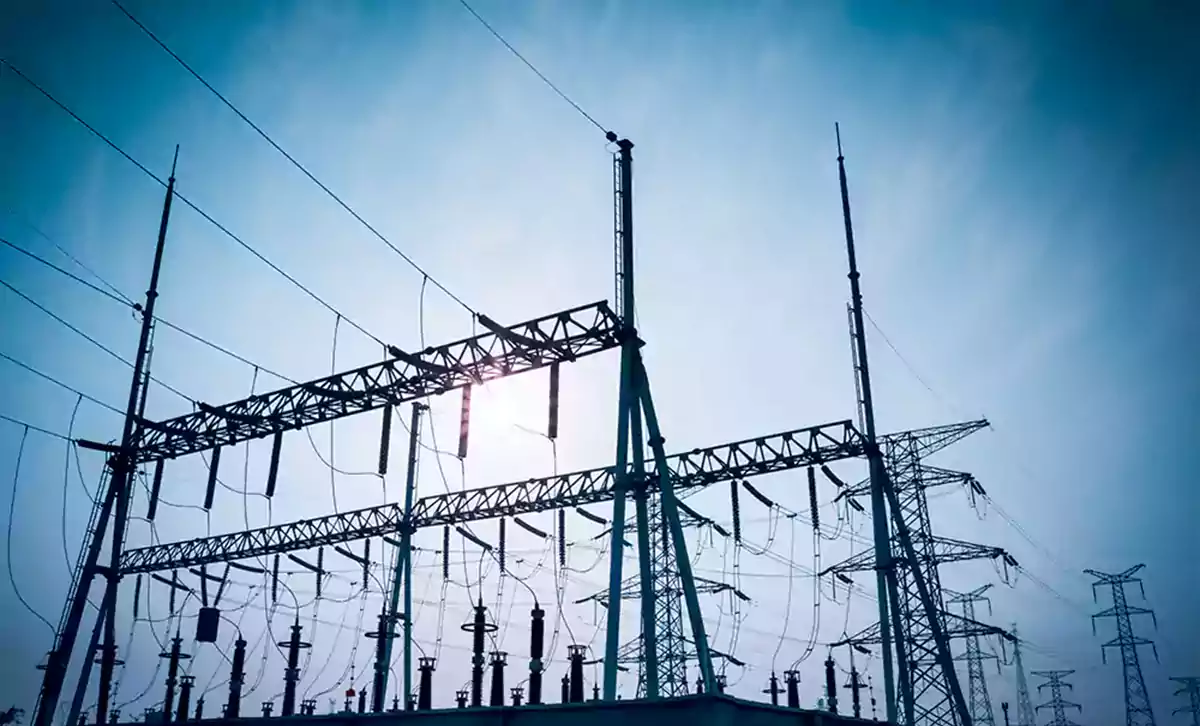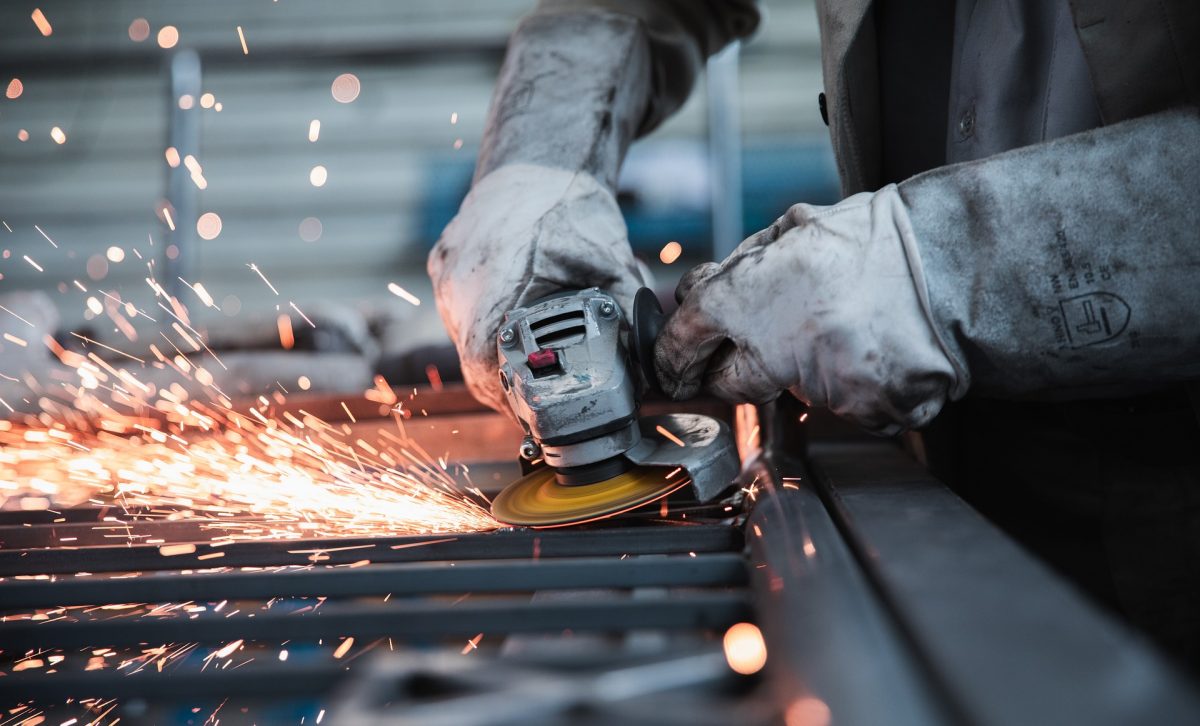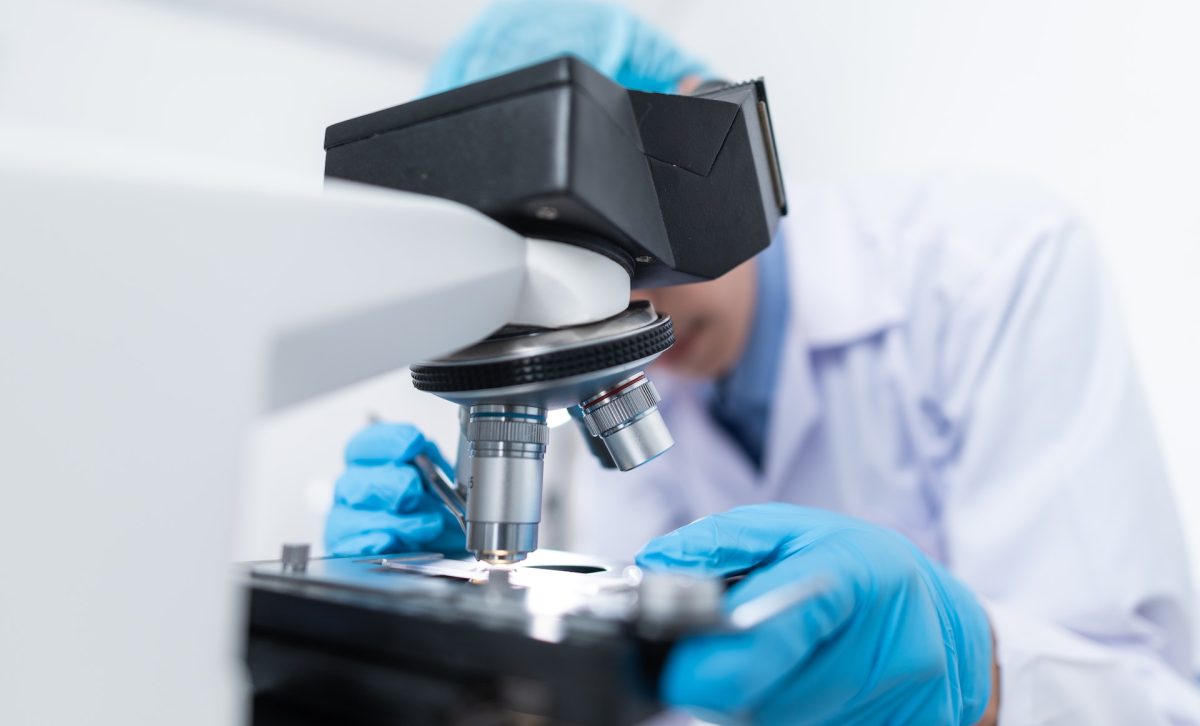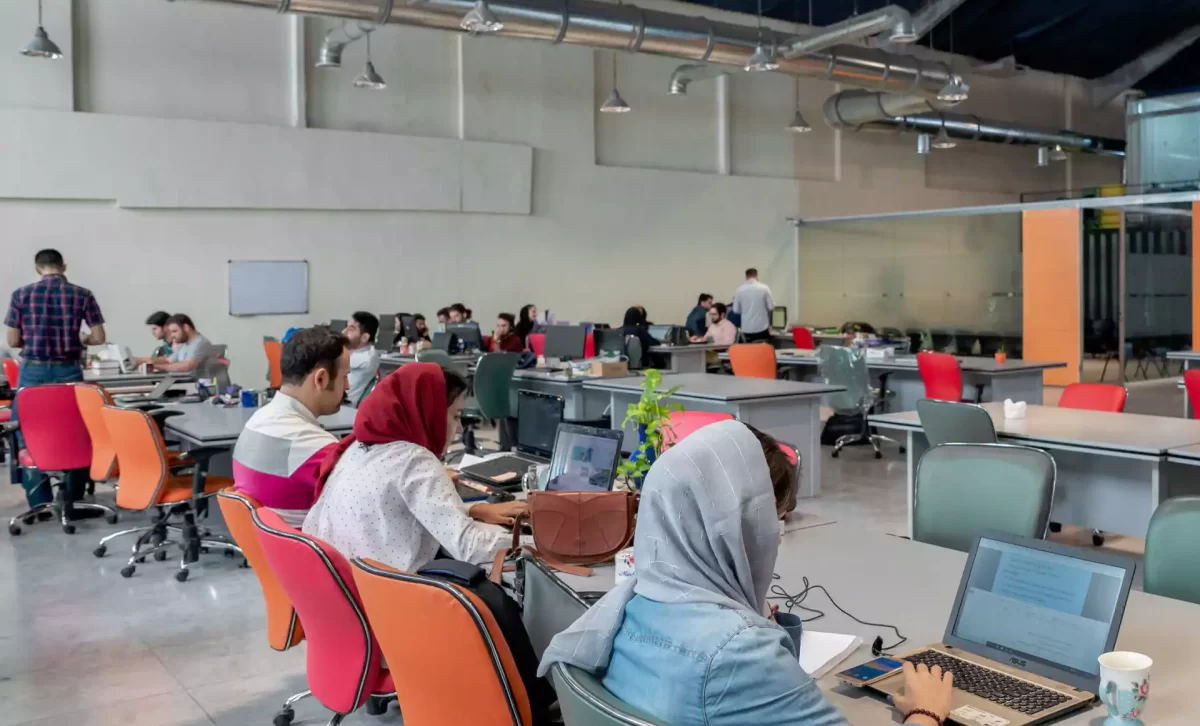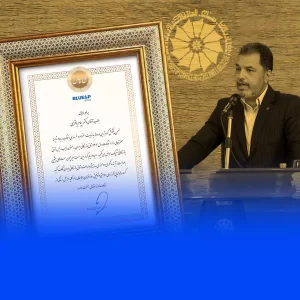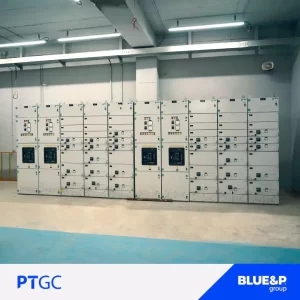The work of the thermal power plant is based on the heat released by fuel combustion. The fuel needed by the plant is from natural coal or brown coal use as fuel. In boilers, steam produce at high pressure. The steam passes through the superheater and enters the turbine.
The turbine blades start to rotate with the superheated steam. After entering the turbine, the steam volume increases as the steam pressure decreases. After transferring energy to the turbine rotor and passing steam through the turbine blades, it reaches the condenser.
In the condenser, cold water starts circulating with the help of a pump to turn the steam into a liquid at low pressure. This outlet water is again used at high pressure to increase the feed temperature.
Thermal power plant components
1-Boiler
In a boiler, water increases the temperature by burning fuel, and the function of the boiler is to generate hot steam. The steam generated is used to rotate the turbine. The turbine is coupled to a synchronous generator. Turbine exhaust steam in the condenser allows water to condense. There are several temperature converters inside the boiler. Economizer and superheater can be mentioned as the main parts.
2-Drum
It contains water and steam at high pressure and produces a stream for the turbine.
It also receives water delivered by boiler-feed pumpP2
3-High-pressure (HP) Turbine
Converts thermal energy into mechanical energy by letting the steam expand as it moves through turbine blades.
The steam is then passed through a reheater S3 in order to raise the thermal efficiency and to prevent premature condensation.
4-Medium-pressure (MP) turbine
It is similar to HP turbine, except that it is bigger so that the steam ma expand still more. contains water and steam at high pressure and produces stream for the turbine.
5-Low-pressure (LP) Turbine
It is composed of two identical sections and it removes the remaining available energy from the steam. The steam turbine can be of impulse or reaction turbine and sometimes combination of both.
Steam Turbine Units
1. Condenser
It causes the steam to condense by letting it flow over cooling pipes S4.
Coldwater from outside sources flowing through pipes carries away the heat. The temperature of cooling water increases by 5oc to 10oc as it flows through the condenser tubes. The condensed steam has a temperature of between 27c and 33C.
It is condensing steam that creates near-vacuum pressure of 5kPa.
A condensate pump P2 removes the lukewarm condensed steam and drives it through reheater toward a feedwater pump.
2. Reheater
Heat exchanger receives hot steam, bled off from high-pressure turbine, to raise the temperature of the feedwater. Thermodynamic studies show that when some steam is bled off this way, the overall efficiency increases.
3. Burner
Burners supply and control the amount of gas, oil, or coal injected into boiler. Coal is pulverized before it is injected. Similarly, heavy bunker oil is preheated and injected as an atomized jet to improve surface contact with the surrounding air.
4. Forced-draft
It furnishes the enormous quantities of air needed for combustion.
5. Induced-draft fan
It carries gases and other products of combustion toward the cleansing apparatus and from there to the stack and the outside air.
6. Generator
Connected to three turbines converts’ mechanical energy into electrical energy.
Cooling Towers
Whenever one percent of a body of water evaporates, the temperature of the remaining water drops to 5.8 o C. To cool the condenser, the phenomenon of evaporation is used to produce the cooling effect.
Evaporation is produced by exposing large surface of water to surrounding air. The simplest way to do this is to break up the water into small droplets and blow air through this artificial rain.
Advantages of thermal power plant
- The Fuel (coal) is quite cheap.
- Less initial cost require as compared to other generating stations.
- A thermal power plant can be installed at any place where the existence of coal and water.
- It requires less space as compared to the hydroelectric power station.
- Power plant depends on coal, oil or natural gas, which are all steady in supply.
- In this power plant, the cost of generation is lesser than that of the diesel power station.
- Thermal plants are able to respond to the load demand more effectively and support the performance of the electrical grid.
Disadvantages of thermal power plant
- Thermal power plant creates pollution due to large amount of smoke and fumes because of coal combustion.
- A large amount of water source require for condensation of steam.
- Running cost high compared to hydro-power plant.
- Handling of coal and disposal of ash is quite difficult and requires a large area.
- Coal is used as fuel which is the exhaustible source.
- Maintenance of steam power plant is complicated.
- Starting time is quite longer than other power plants.
- Efficiency is less around 30-35 %
Thermal power plant in a nutshell
- The thermal power plant is responsible for generating 70% of the electrical energy. The fuel of this plant is often coal, which is regarded as one of the significant disadvantages of this energy production. The resulting air pollution, as well as the ancillary costs, have led engineers to replace renewable energy sources to generate electricity.
Source: eepowerschool.com
